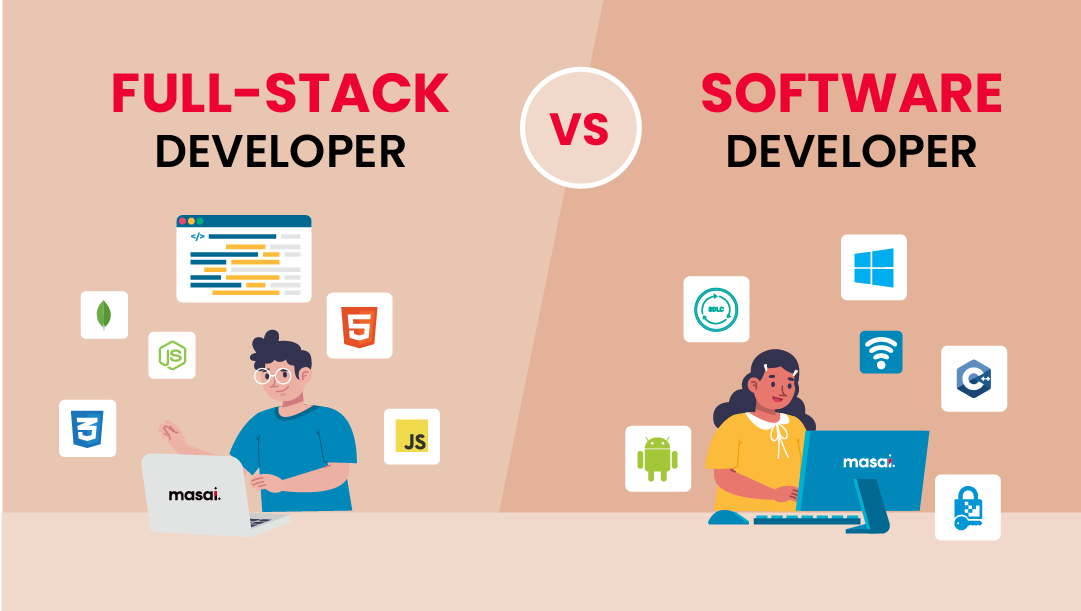The Benefits of a Dedicated Development Team in a Competitive Market
The Benefits of a Dedicated Development Team in a Competitive Market
Blog Article
Devoted Developers vs. In-House Teams: Which Is Right for You?
The choice between making use of committed developers and keeping an internal group is a significant one that can impact the trajectory of your projects and overall company method. Committed programmers give a level of adaptability and specialized experience that can be beneficial for particular, short-term efforts. Alternatively, internal teams add to a natural firm society and a nuanced understanding of long-term goals. By examining essential elements such as spending plan, task extent, and desired control, you can much better figure out which approach lines up with your business needs. Nevertheless, the ramifications of this option prolong beyond instant end results-- consider the more comprehensive effect on your service landscape.
Comprehending Devoted Designers
The growing need for specialized abilities in the technology industry has resulted in the emergence of committed programmers as a viable solution for several organizations. These experts are normally acquired on a project basis, allowing business to utilize certain experience without the long-lasting commitment linked with full time hires. Committed designers are frequently embedded within a client's team, supplying versatility and scalability to fulfill job demands.
This design allows companies to access a worldwide talent swimming pool, which is especially advantageous in a quickly developing technological landscape. Dedicated designers can be sourced from numerous geographical places, guaranteeing that firms can locate the appropriate ability set at competitive rates. They commonly bring a riches of experience and understanding, having actually serviced varied jobs throughout various markets.
Additionally, specialized developers can concentrate exclusively on the jobs available, enhancing productivity and effectiveness. They are equipped to incorporate seamlessly right into existing operations, working together very closely with in-house groups to accomplish project goals. This technique not only lowers the worry of recruitment and training but additionally allows organizations to remain nimble, adjusting quickly to altering market demands and technological improvements.
Benefits of In-House Teams

Furthermore, internal groups often tend to have a deeper understanding of the firm's goal, worths, and goals. This positioning can enhance worker engagement and motivation, as employee feel much more attached to their work and the organization's success. Furthermore, having a devoted internal team permits for far better placement of techniques and goals, as these participants are continually concentrated on the company's concerns.
In-house teams also promote quicker decision-making processes, as they can respond more rapidly to adjustments and challenges. The well established partnerships and knowledge with business protocols allow for streamlined workflows and minimized miscommunication. Eventually, the combination of a cohesive society, placement with business objectives, and reliable interaction makes internal groups a valuable asset for many organizations, especially those seeking to grow long-lasting growth and technology.
Cost Factors To Consider
When evaluating cost factors to consider, both in-house teams and dedicated programmers existing unique economic effects for organizations. Involving devoted developers normally includes a pay-per-project or hourly price design, which can be economical for organizations with fluctuating job demands. This strategy enables versatility in scaling sources up or down, making certain that business just spend for the services they require.
In comparison, internal teams require fixed prices, consisting of salaries, benefits, and overhead expenses such as workplace and devices. While this model offers better control and immediate schedule of resources, it might lead to greater long-lasting costs, especially if the work does not validate a full-time personnel.
Additionally, companies ought to think about the hidden expenses connected with recruitment and training of in-house workers, which can additionally strain budget plans. In some instances, the time and sources spent on handling an internal group can diminish the organization's core organization purposes.

Task Monitoring and Flexibility
Project monitoring and flexibility are crucial variables that affect the choice between devoted designers and internal teams. Dedicated developers typically supply a high degree of flexibility, permitting organizations to scale sources up or down based upon project demands. This agility can be especially advantageous for companies experiencing fluctuating workloads or those seeking to innovate quickly. Committed groups frequently have actually established procedures for taking care of jobs effectively, leveraging certain techniques like Agile or Scrum, which assist in iterative development and versatility.

Ultimately, the option between in-house groups and committed programmers pivots on the desired degree of adaptability and the details task management needs. Business have to review their functional characteristics, project complexity, and source accessibility to identify which alternative straightens finest with their critical objectives.
Making the Right Selection
Selecting the appropriate advancement strategy-- specialized designers or in-house groups-- needs a mindful assessment of different variables that align with a company's critical objectives. Conversely, in-house groups can offer much better continuity and combination with existing employees.
Following, assess your budget plan. Dedicated programmers typically present a cost-efficient option for short-term tasks, while internal teams might sustain higher lasting expenditures because of incomes, advantages, and overhead costs. Evaluate the degree of control and cooperation wanted; internal teams typically foster more powerful interaction and alignment with firm culture.
Additionally, consider the moment framework. If immediate outcomes are needed, devoted developers can be onboarded rapidly, whereas building an internal team requires time for employment and training. Consider the long-term vision of visit our website your organization. Spending in an in-house team might produce much better returns over time if constant growth is vital. Inevitably, the decision hinges on an extensive analysis of these elements, making certain placement with your firm's operational needs and general objectives.
Final Thought
In final thought, the decision between in-house groups and committed designers hinges on job requirements and business purposes. Committed programmers give adaptability and specialized knowledge, making them ideal for short-term initiatives. On the other hand, internal groups cultivate a natural culture and deeper placement with long-term objectives. Mindful evaluation visit our website of spending plan restrictions, task timelines, and preferred control levels is crucial for establishing the most proper strategy, making sure alignment with calculated top priorities and operational efficiency.
The choice between making use of dedicated programmers and keeping an internal group is a considerable one that can influence the trajectory of your projects and general business method.Job monitoring and flexibility are essential factors that influence the selection between internal groups and committed designers. offshore software development.In comparison, in-house teams might stand out in keeping a consistent job management structure due to their familiarity with the company's culture and long-term objectives. Dedicated developers often present an affordable solution for short-term read this article tasks, while internal groups might sustain greater long-lasting costs due to wages, advantages, and overhead expenses.In verdict, the choice between devoted programmers and in-house teams hinges on job requirements and business objectives
Report this page